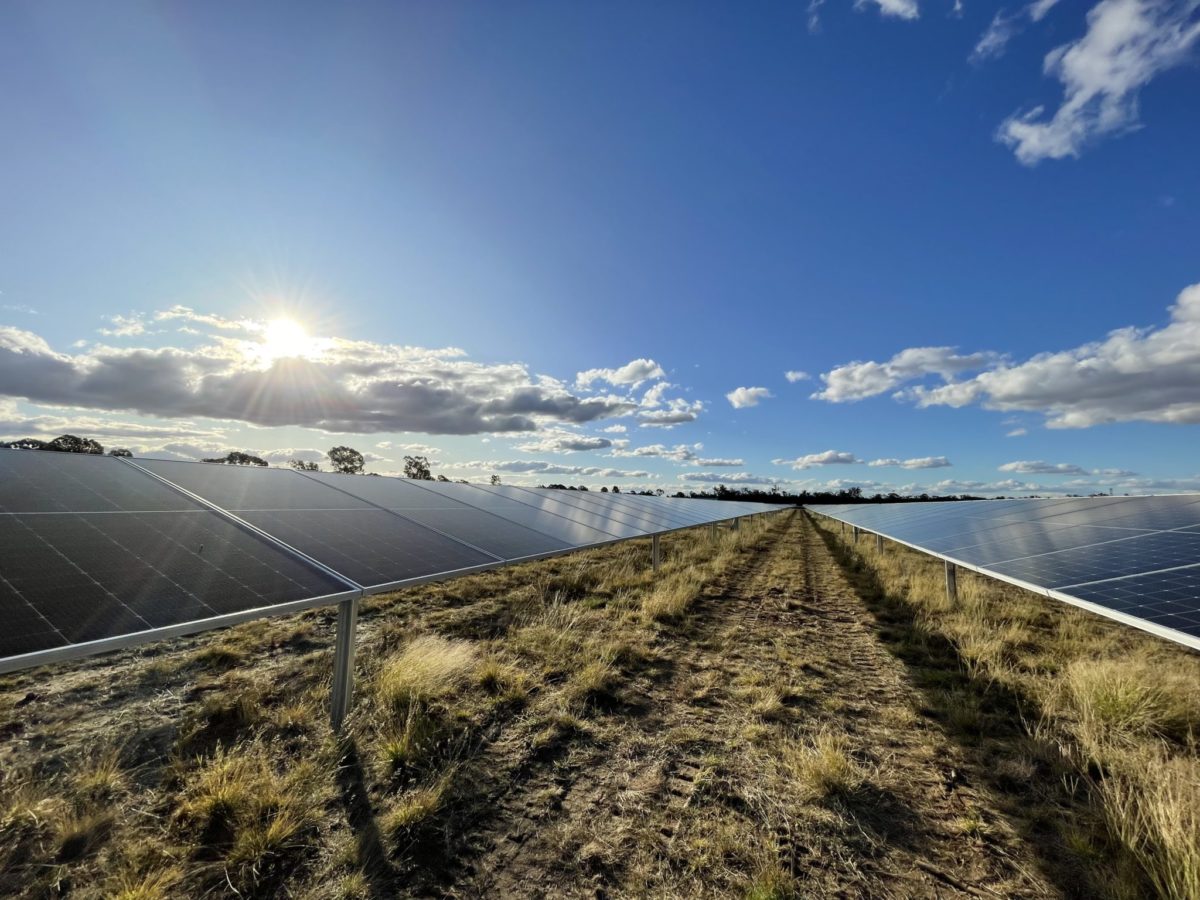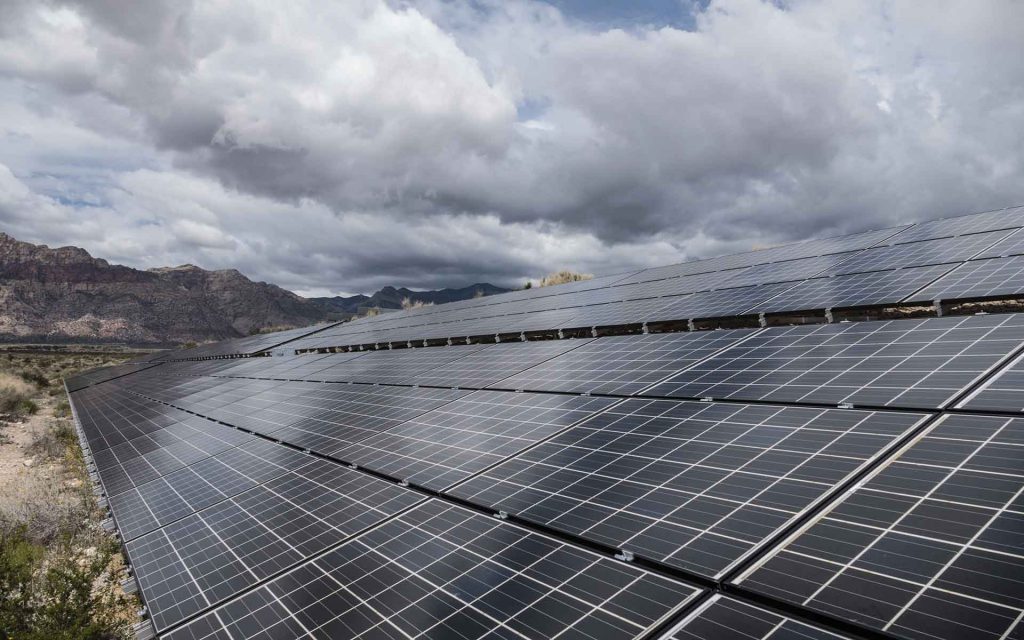From pv magazine Spain
From supplying its solar trackers to just one plant in Australia in 2019 to leading shipments in 2022, PV Hardware’s ascendency has been lightning fast. “With 2 GW delivered in Australia, this year we are number one according to Rystad Energy statistics,” Alejandro Cantos, country manager of PVH APAC, tells pv magazine.
The keys to success lie, according to him, in the starting conditions, the vertical integration of Gransolar’s business model and having survived the initial ‘trial by fire’ the company faced when it first arrived in the country.
“PVH is the only tracker and fixed structure manufacturer able to guarantee the strength and efficiency of the installation in the extreme wind conditions of certain areas of the west coast of Australia. The tests have been carried out in wind tunnels by independent bodies. The AI [artificial intelligence] and programming implemented in the control systems allow the behaviour of the trackers to be adapted to weather forecasts with independent defence mechanisms to protect the installation in any terrain and conditions,” says Cantos.
“PVH’s in-house production guarantees the supply of customised products. Every project and every site has its own set of on-site challenges and this is where PVH makes the difference. In Australia, this already positive point coincided with supply problems during the height of the pandemic, so it created the perfect storm.”
On the other hand, while Australia is not as winding as Europe, it does have a lot of rock, the ground is very hard. “We came with our Monoline, which is one of the most robust trackers on the market, and we realised that we needed special configurations. It was a very expensive project and even more complicated because we were dealing with something that no one else had done. But the key was to survive the first trial by fire,” he explains. “We have adapted, with project-specific configurations that allow us to move several modules with a single engine. The Australian market already knows that we are more than just a technology provider. PVH is a solution provider. Our Axone and Monoline series have evolved and our product portfolio has nothing to do with what we had three years ago”.
This was coupled with the fact that in December 2019 they trained installers from two EPC companies, “so suddenly we had more allies. So we had a product, we had installers and we could carry out projects that the other players had dismissed due to their complexity,” Cantos says.
“Today we have become famous in Australia for taking the plants that nobody wants, and improving them. For example, we apply backtracking to winding terrain,” he adds. At the moment, although labour in Australia is very expensive, the government is encouraging local manufacturing. “We have already built a plant with 93% local steel with a certificate of origin,” he explains.
The product adapted to every challenge
“We have experienced first-hand that every region, location, country is different, every project is different – so why should we always use the same tracker?” Cantos says. “PV Hardware is an expert in adapting its in-house manufacturing structures to new landscapes and project phases. We are a structure design boutique,” he says, and shares that this year they have incorporated two new features: they design and pre-assemble the components in the factory, so that on-site assembly is faster, easier and contributes to reducing the number of hours per worker and, consequently, the final cost. “We used to do the pre-assembly on site and now we do it from the factory, indoors, so we can also move forward regardless of weather conditions,” he says. “Another innovation is our unloading platform, which is able to unload in 15 minutes what used to take hours,” he explains. “There are no obvious choices for us… if at some point we don’t have the expertise, or the product we need doesn’t exist, we develop the innovation.”
PVH is involved in some of the world’s largest solar parks under construction, such as the one that will connect Singapore to Australia – the world’s largest solar and storage plant – and the VRET (Victoria Renewable Energy Target) initiative. “PVH is bidding to supply structures and trackers in some of the world’s most important projects, and this is no coincidence,” he says.
PVH accounts for almost two thirds of Gransolar’s total revenue and employs more than 700 people worldwide. “GRS acts as one of many PVH customers globally, but speaking specifically about Australia, in 2022 we have supplied the same number of plants within our group as for customers outside our group. The goal is to continue to grow as PVH, maintaining our newly acquired top-tier position in Australia, where we still have a long way to go,” concludes Cantos.
This content is protected by copyright and may not be reused. If you want to cooperate with us and would like to reuse some of our content, please contact: editors@pv-magazine.com.









By submitting this form you agree to pv magazine using your data for the purposes of publishing your comment.
Your personal data will only be disclosed or otherwise transmitted to third parties for the purposes of spam filtering or if this is necessary for technical maintenance of the website. Any other transfer to third parties will not take place unless this is justified on the basis of applicable data protection regulations or if pv magazine is legally obliged to do so.
You may revoke this consent at any time with effect for the future, in which case your personal data will be deleted immediately. Otherwise, your data will be deleted if pv magazine has processed your request or the purpose of data storage is fulfilled.
Further information on data privacy can be found in our Data Protection Policy.